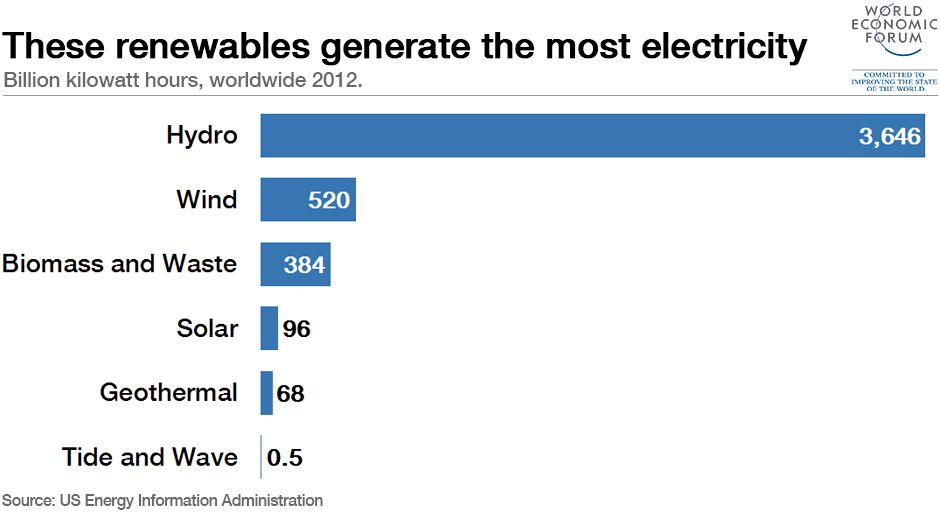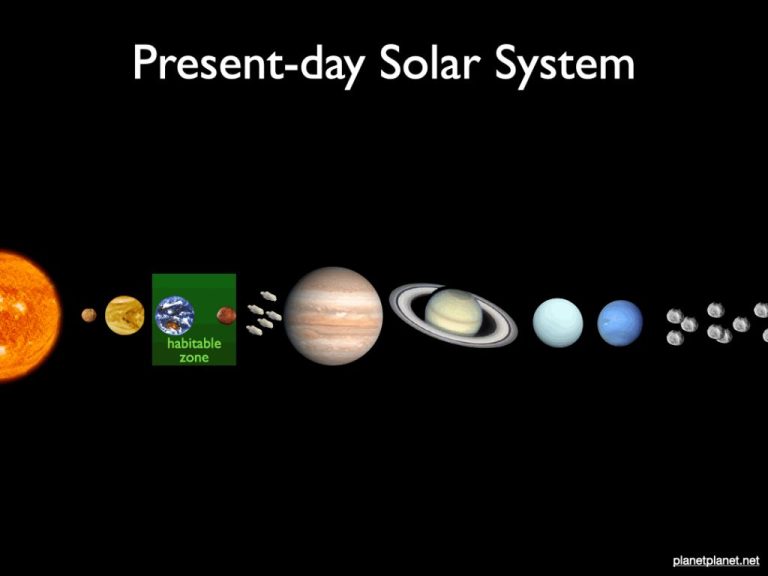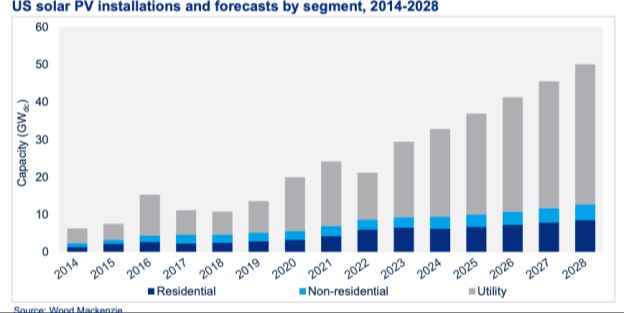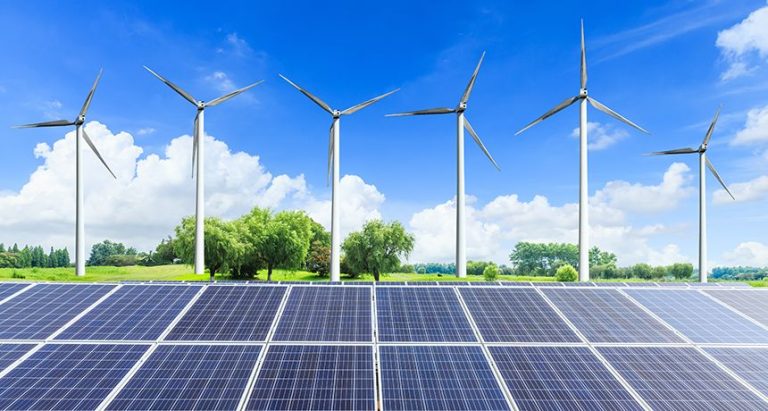Where Is Renewable Energy Mostly Used?

Renewable energy is derived from natural resources such as sunlight, wind, rain, tides, and geothermal heat that are naturally replenished and can be harnessed to generate useful energy services. The most common types of renewable energy used today are solar, wind, hydropower, bioenergy, and geothermal (Ourworldindata.org, 2022).
Globally, renewable energy sources accounted for over 27% of electricity generation in 2018, with hydropower providing around 16% and wind and solar contributing around 7%. The share of renewables in electricity production has been increasing steadily, up from 21% in 2010 (Enerdata, 2022). This transition has been driven by concerns about climate change and energy security as well as rapid technological improvements and falling costs, especially for solar and wind power.
This article provides an overview of where renewable energy is mostly used around the world today and discusses the potential for further growth in the future.
Solar Power
Solar power is one of the fastest growing renewable energy sources globally. As of 2022, the leading country for solar power capacity was China, with about 390 gigawatts (GW), accounting for nearly two-fifths of the total global installed solar capacity.[1] Other top countries for installed solar capacity include the United States, Japan, and Germany.[2]
The growth of solar power has been rapid in recent years. Global solar photovoltaic capacity increased over 200-fold between 2000 and 2018.[1] Cost declines and government policies have driven the adoption of solar power. Top solar countries are located in Asia, Europe, and North America. China is the undisputed leader in solar energy, accounting for over 30% of the world’s total installed capacity.[3] The United States and Japan have also invested heavily in solar power.
The countries with the most solar power capacity tend to have supportive regulations and policies like renewable portfolio standards, feed-in tariffs, and tax incentives. With solar costs continuing to fall globally, adoption is expected to continue growing in diverse geographies going forward.
Wind Power
Wind power is one of the fastest growing renewable energy sources globally. According to the Global Wind Energy Council (GWEC), the total installed wind power capacity worldwide reached 743 GW by the end of 2020, led by growth in Asia, Europe and North America [1]. The top countries leading in wind power capacity are China, the United States, Germany, India and Spain [2].
China has invested heavily in wind power and accounts for over 30% of global installed capacity. By the end of 2020, China had installed capacity of 281 GW of wind power, more than double the capacity of the next largest market, the United States [3]. The United States had installed capacity of 122 GW by the end of 2020. Other major markets include Germany (63 GW), India (40 GW) and Spain (27 GW).
The growth of wind power is expected to continue, led by investments in Asia and Europe. According to projections, global installed wind capacity could reach over 2,100 GW by 2030 as countries continue to shift towards renewable energy and reduce reliance on fossil fuels [1].
Hydropower
Hydropower is one of the world’s largest sources of renewable energy, accounting for over 16% of global electricity generation according to the International Hydropower Association[1]. There are currently over 1,500 GW of installed hydropower capacity globally.
China leads the world in hydropower generation with over 380 GW of installed capacity. In 2022, China generated 1,339 TWh of electricity from hydropower, meeting over 17% of the country’s total electricity demand[2]. Other major producers include Brazil (428 TWh), Canada (392 TWh), the United States (276 TWh) and Russia (178 TWh)[3].
While hydropower growth has slowed in developed countries, developing economies are expected to drive growth in the coming years. Countries like India, Vietnam, Turkey, Ethiopia and Angola have major hydropower projects currently under construction[4].
However, climate change and drought conditions have impacted hydropower generation in recent years. Managing sustainability and environmental impacts remain key considerations for the future of hydropower worldwide.
Bioenergy
Bioenergy, or energy derived from organic matter, is one of the largest sources of renewable energy globally. According to Visualizing Energy, over 130 countries use bioenergy, with the top countries being China, Brazil, Germany, the United States, and India (Visualizing Energy). In 2022, China had the highest bioenergy capacity at over 34 gigawatts, followed by Brazil at 16 gigawatts (Statista). The growth of bioenergy is being driven by rising energy demands and goals to increase renewable energy usage and reduce carbon emissions. Bioenergy is derived from organic matter such as plants, agricultural waste, and garbage. Major sources include solid biomass like wood, biogas from decomposition, and liquid biofuels like ethanol and biodiesel. Key benefits of bioenergy are its low carbon emissions compared to fossil fuels and the ability to convert waste into usable energy. Challenges include impacts on land use, food production, and biodiversity. However, with continued growth predicted, bioenergy will likely play an increasing role in renewable energy globally.
Geothermal
Geothermal energy is heat derived from the earth’s interior and is used for both electric power production and direct use applications. As of 2022, the top countries utilizing geothermal power are the United States, Indonesia, the Philippines, Turkey, and Mexico, according to ThinkGeoEnergy. The United States leads with over 3,700 megawatts (MW) of installed capacity, while Indonesia follows with over 2,000 MW. In 2022, the top countries that added new geothermal power capacity were Kenya (83 MW), Indonesia (80 MW), Turkey (25 MW), Philippines (20 MW), and El Salvador (5 MW) according to ThinkGeoEnergy.
Global geothermal power capacity has been growing steadily over the past decade, with average annual growth rates of 3-5%. Key factors driving growth in the geothermal sector include supportive government policies, declining costs, and the reliable and renewable nature of geothermal energy. Major geographical areas of focus include countries along the Pacific “Ring of Fire” where geothermal resources are abundant, such as Indonesia and the Philippines. With continued technology improvements and cost reductions, the future outlook for geothermal power remains strong.
Ocean Energy
Ocean energy refers to technologies that harness energy from ocean waves, tides, currents, salinity gradients and ocean thermal gradients. While ocean energy is still in early stages of development compared to other renewable sources, adoption is steadily growing around the world.
Ocean wave power is currently the most developed form of ocean energy. Significant wave energy resources exist in Europe, North America, Australia, New Zealand and East Asia. The United Kingdom and United States lead the world in installed ocean wave capacity. Key companies involved in ocean wave technology include Ocean Power Technologies, Eco Wave Power, Carnegie Clean Energy, and SINN Power.
Tidal energy harnesses the kinetic energy of tidal flows using turbines mounted on the seabed or floating structures. South Korea is the global leader in tidal power capacity, followed by China, France and Canada. Major tidal project developers include Nova Innovation, Orbital Marine Power, SIMEC Atlantis Energy and DP Energy.
Ocean thermal energy conversion (OTEC) uses the temperature difference between warmer surface and colder deep waters to generate power. Pilot OTEC plants have been built in the US, China, South Korea and India, but costs remain prohibitively high. As technology improves, OTEC could provide reliable baseload power for island nations and coastal areas.
While still small, the global ocean energy market is projected to grow at over 15% annually to reach nearly 5 GW and $76 billion in revenues by 2030. With declining costs and supportive policies, ocean energy could make notable contributions to coastal regions with abundant wave, tidal and thermal resources.
Challenges
While renewable energy usage is increasing, integrating large amounts of renewable energy into the existing electric grid presents some challenges. Three major issues are grid storage needs, transmission infrastructure, and the intermittent nature of renewable sources like wind and solar.
Most renewable energy sources like wind and solar are variable and weather-dependent. This intermittency can lead to instability in the grid. Large-scale energy storage solutions are needed to store excess renewable energy when generation is high and discharge it when demand is high (Challenges of integrating renewables into today’s power grid).
Another challenge is that renewable energy facilities are often built in remote areas, far from energy demand centers. Major investments in transmission infrastructure are required to connect these facilities to the grid and distribute the energy (Overview of Grid Integration Issues).
Updating antiquated grid infrastructure to handle renewable intermittency and transmission limitations remains an obstacle. However, solutions like demand response, energy storage, forecasting, and smart grid technologies can help integrate higher levels of renewables.
Future Outlook
The future looks bright for renewable energy growth and innovation. Many countries and organizations have set ambitious goals for renewable energy production by 2030. For example, the International Energy Agency projects that renewables will contribute 80% of new power generation capacity by 2030 if current policy settings continue (IEA). The IEA also estimates that global renewable energy capacity needs to triple by 2030 to keep global warming under 1.5°C (IEA).
Major innovations in renewable energy technologies like advanced solar panels, wind turbines, energy storage solutions, and smart grids will enable countries to dramatically scale up their renewable energy production. Continued cost reductions through technological advances and economies of scale will also accelerate adoption of renewables across the globe. If growth and innovation trends continue, renewables are poised to become the dominant source of energy by 2030 and beyond.
Conclusion
In conclusion, renewable energy is being utilized around the world in various ways, with solar, wind, hydropower, bioenergy, geothermal and ocean energy sources leading the charge. The transition to renewable energy is crucial for reducing greenhouse gas emissions and mitigating climate change. Key takeaways include:
– Solar power is popular for residential and commercial uses, with photovoltaics providing electricity and solar heating used for water and space heating.
– Wind power is increasingly used for electricity generation, with large wind farms located in windy areas like plains, mountains and offshore.
– Hydropower provides consistent renewable electricity in many regions by utilizing flowing water in rivers, waterfalls and dams.
– Bioenergy harnesses biomass sources like plants, organic waste and landfill gas for energy production.
– Geothermal energy taps into underground heat for direct heating and electricity generation.
– Ocean energy exploits waves, tides, currents and temperature differences to generate electricity.
While renewable energy faces challenges like intermittent generation and high costs, continued technological advances and falling prices are enabling wider adoption globally. With supportive policies and public sentiment, renewable energy can play a major role in building a sustainable energy future.






